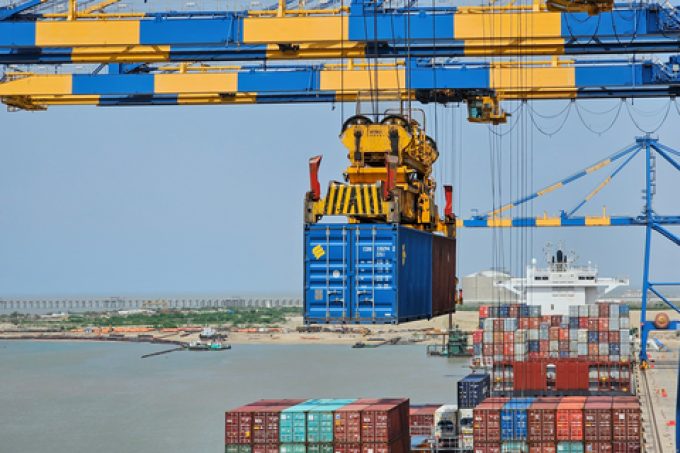Tighter EU import requirements proving 'a challenge' for forwarders
“Stricter Customs regulations” from the EU’s ICS2 will see “stricter enforcement”, Hapag-Lloyd has warned, and ...

Container lines seem to be shelving plans to implement fresh rate increases on the India-US tradelane that has yielded them stronger-than-expected returns over the past two months.
Indeed, CMA CGM has delayed for the third time a peak season surcharge (PSS) it originally planned to implement in August until 1 October.
The French line has also reduced the PSS from the previously advertised $1,500 per container to $1,000, on shipments from the Indian subcontinent, Middle East, Red Sea and Egypt to the ...
Trump tariffs see hundreds of cancelled container bookings a day from Asia
Macron calls for ‘suspension’ – CMA CGM's $20bn US investment in doubt
De minimis exemption on shipments from China to the US will end in May
Forwarders stay cool as US 'liberation day' tariffs threaten 'global trade war'
Mixed response in US to 'Liberation Day', while China leads wave of retaliation
Tariffs and de minimis set air freight rates on a volatile course
Overcapacity looms for ocean trades – with more blanked sailings inevitable
'To ship or not to ship', the question for US importers amid tariff uncertainty
List of blanked transpac sailings grows as trade war heats up and demand cools
'Chaos after chaos' coming from de minimis changes and more tariffs
East-west rates diverge as transpac spots hold while Asia-Europe keeps falling

Comment on this article